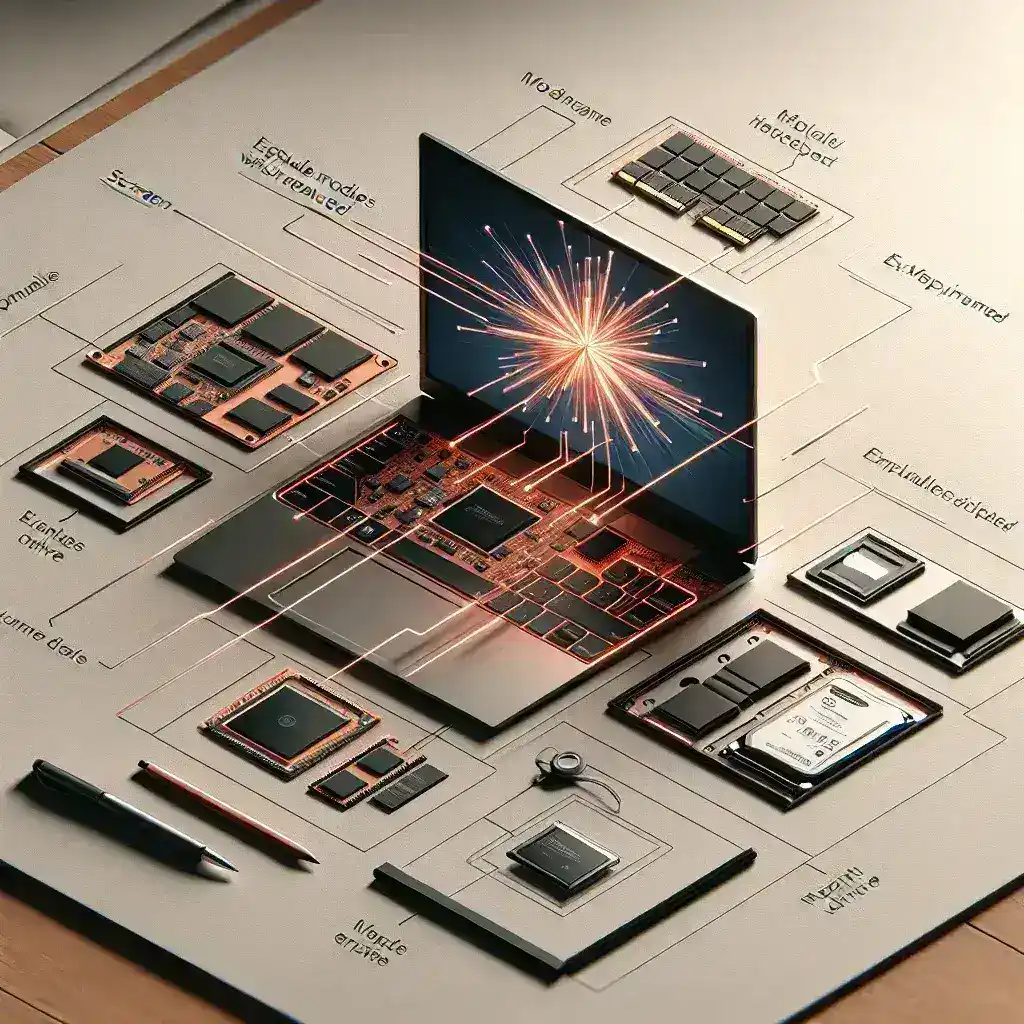Understanding Modular Parts
In recent years, the concept of modularity has gained significant traction in various technology sectors, particularly in computer hardware. Modular parts allow for easy upgrades, repairs, and replacements, which enhances user experience and extends the lifespan of devices. This article delves into what makes modular parts, such as screen webcams, replaceable, and why this feature is increasingly vital in today’s tech-driven world.
The Evolution of Screen Webcams
Screen webcams have evolved tremendously since their inception. Originally bulky and cumbersome, they have transformed into sleek, compact, and powerful devices. This evolution is largely driven by advancements in technology and user demand for better quality and flexibility. The modular design of these webcams has become a game-changer, allowing users to easily swap components without replacing the entire unit.
Historical Context
- Early Developments: Webcams were first introduced in the 1990s, primarily for video conferencing. They were integrated into computers, making replacements challenging.
- Advancements in Technology: With the advancement of technology, the integration of modular components in webcams became feasible, enhancing their replaceability.
- Market Demand: Increasing user demand for personalization and upgradeability has further pushed manufacturers to adopt modular designs.
Key Features that Make Webcams Modular
1. Interchangeable Components
One of the primary features of modular webcams is their interchangeable components. This means that parts such as lenses, sensors, and microphones can be easily swapped out based on user preference or need. For example, a user can replace a standard lens with a high-definition lens for better video quality without purchasing a new webcam.
2. Simplified Assembly
Modular webcams are designed with user-friendly assembly in mind. Most models require no special tools to disassemble and reassemble. This ease of use encourages users to take advantage of the replaceability feature, leading to more sustainable consumption habits.
3. Future-Proof Design
Manufacturers are increasingly incorporating future-proof designs into modular webcams. This forward-thinking approach allows users to upgrade specific parts, ensuring that their devices remain relevant as technology advances.
4. Cost Efficiency
Replacing modular parts is often more cost-effective than purchasing a new device. This not only saves users money but also minimizes waste, contributing to a more sustainable environment.
Benefits of Modular Webcams
1. Enhanced Performance
By allowing users to upgrade specific components, modular webcams can deliver enhanced performance tailored to individual needs. For instance, gamers might prioritize high-resolution sensors, while content creators focus on superior audio quality.
2. Longevity
Modular webcams are designed to last longer, as users can replace only the faulty parts instead of discarding the entire unit. This longevity reduces the frequency of purchases, saving money and resources.
3. Increased Customization
The ability to customize webcams based on personal preferences or professional requirements is a significant advantage. Users can tailor their webcams to align perfectly with their specific usage scenarios.
Challenges of Modularity
1. Compatibility Issues
While modularity offers flexibility, compatibility can sometimes be an issue. Not all modular webcams are designed to work with every component, which can lead to frustration if users need specific upgrades.
2. Learning Curve
Although many modular webcams are designed for user-friendliness, there still exists a learning curve for some individuals. Understanding how to replace parts correctly can take time and may deter less tech-savvy users.
3. Initial Costs
The initial investment for a modular webcam might be higher than that of a traditional webcam. However, the long-term savings from replacements often outweigh this initial cost.
Future Predictions
The future of modular webcams looks promising. As technology continues to evolve, we can expect even more innovative designs and features that enhance usability and replaceability. Manufacturers are likely to focus on creating ecosystems where multiple devices and components are interchangeable, further simplifying the upgrade process.
Conclusion
In conclusion, the replaceability of modular parts like screen webcams is driven by a combination of technological advancements, user demand, and environmental considerations. With their interchangeable components, simplified assembly, and cost efficiency, modular webcams not only enhance user experience but also contribute to a sustainable future. As we look ahead, the trend towards modularity will likely reshape how we interact with technology, making repairs and upgrades easier and more accessible.
